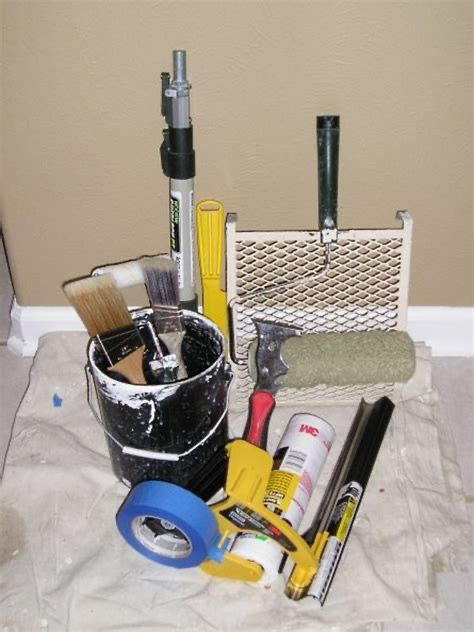How the National Debt Impacts Paint Prices—and What It Means for Homeowners
- rprcontractors
- 1 hour ago
- 2 min read

How the National Debt Impacts Paint Prices—and What It Means for Homeowners
When most people think about the national debt, they picture politicians in Washington or headlines about trillions of dollars. But what does that actually mean for everyday life—specifically, something as simple as the cost of paint for your home? The truth is, our national debt and government spending policies have a direct, though sometimes subtle, impact on the price you pay for materials like paint.
The Link Between National Debt and Inflation
The U.S. national debt grows when government spending exceeds revenue. To cover this gap, the Treasury issues bonds, and the Federal Reserve may inject more money into the system. Over time, this can contribute to inflation—when the overall price of goods and services rises.
Paint, like many other construction and home-improvement products, is highly sensitive to inflation because it depends on:
Raw materials: Pigments, resins, and solvents are derived from commodities like oil and minerals.
Transportation costs: Higher fuel costs push shipping and delivery prices upward.
Labor costs: Inflationary pressure means wages across the supply chain often rise.
When inflation is fueled by rising debt and monetary policy, you feel it at the hardware store checkout.
Supply Chain Strains and Global Markets
The national debt doesn’t operate in isolation. When global investors worry about U.S. debt levels, the value of the dollar can weaken. A weaker dollar makes imported materials—many of which are essential in paint production—more expensive.
For example, titanium dioxide, one of the most widely used paint pigments, is sourced globally. If the dollar drops in value, every shipment costs more. That increase trickles down until a gallon of paint at your local store is suddenly $5–10 higher than it was a couple of years ago.
What This Means for Homeowners and Property Managers
For families and businesses in Southeastern Pennsylvania and beyond, the connection between paint prices and national debt means one thing: the longer you wait, the more you may pay.
Project timing matters: Delaying painting or renovation projects often leads to higher material costs.
Budget carefully: Rising paint prices affect estimates, so build in a cushion when budgeting for home improvement.
Professional insight helps: A local contractor can provide guidance on the best timing, product selection, and cost-saving strategies to stretch your dollar.
Our Perspective at RPR Contractors
At RPR Contractors, we’ve seen firsthand how material costs shift year to year. While we can’t control the national debt, we can help you navigate smarter choices:
Recommending the right products for longevity so you repaint less often.
Scheduling projects at times when supply costs are most stable.
Providing transparent estimates so you know exactly where your money is going.
Final Word
The national debt might sound like a distant, abstract number, but it influences your everyday expenses—including the cost of the paint on your walls. If you’re considering refreshing your home, the best strategy is to act sooner rather than later to lock in today’s prices.
Ready to Refresh Your Home?📞 484-949-5258🌐 www.rprcontractors.net📧 RPRContractors@aol.com






Comments